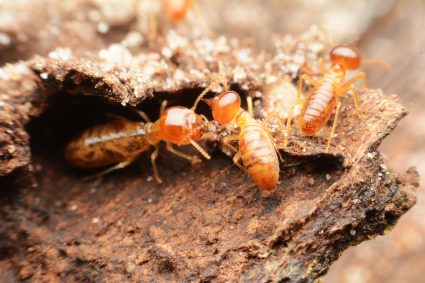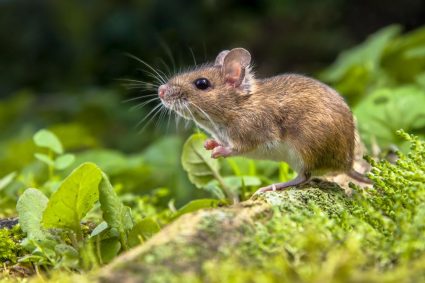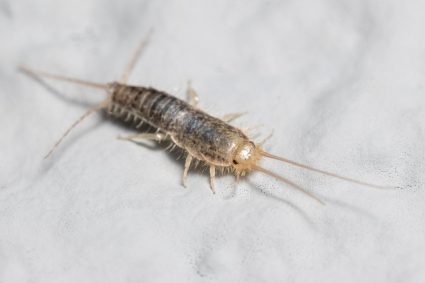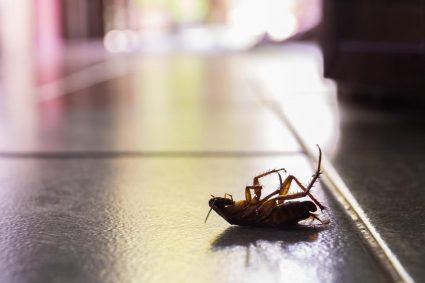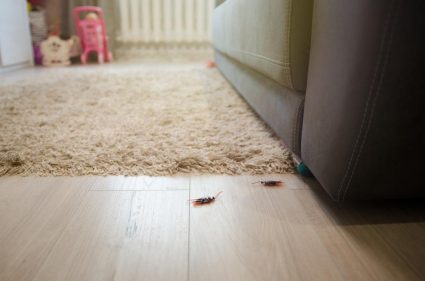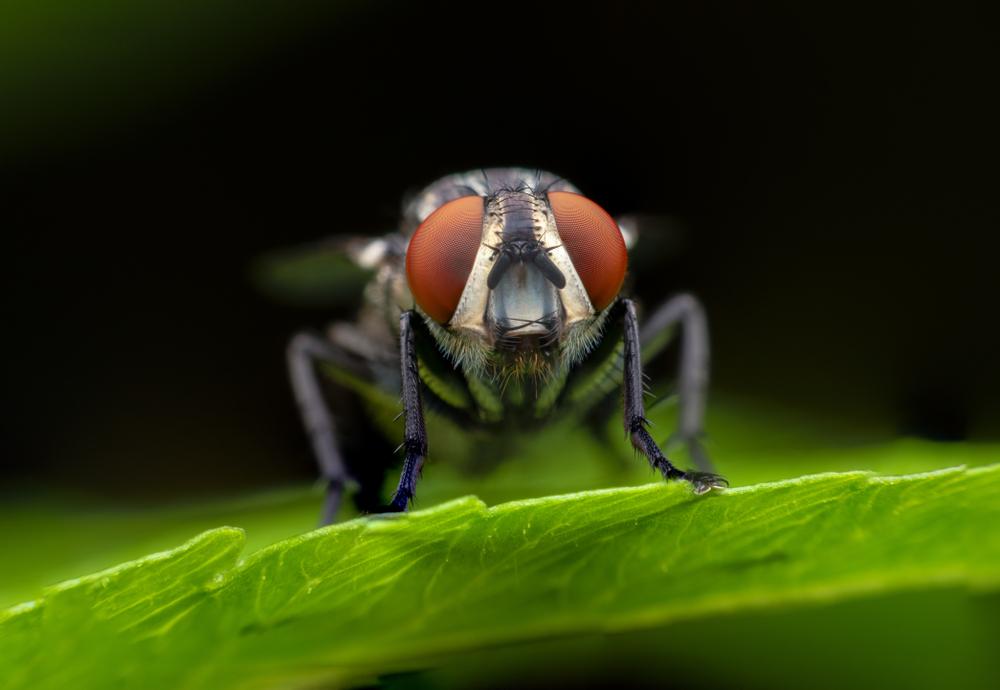
Creating an indoor fly trap is a cost-effective and efficient way to control the fly population in your home. This comprehensive guide will walk you through the process, providing examples, reference points, and helpful tips along the way.
To make an indoor fly trap, you’ll need a container (like a plastic bottle), bait (such as sugar water or overripe fruit), dish soap, and a funnel. Clean the container, create a funnel using the top of the bottle or paper, mix your bait with dish soap in the container, secure the funnel at the top, and place the trap where flies are common. The trap works by attracting flies to the bait and trapping them inside the container.
What You’ll Need
To create an effective indoor fly trap, you’ll need the following materials:
- A container: This can be a plastic bottle (e.g., soda, juice, or water bottle), a milk jug, or a mason jar.
- Bait: You can use sugar water, honey, apple cider vinegar, overripe or rotten fruit, or syrup. Bananas and strawberries work well for fruit bait.
- Dish soap: A few drops of dish soap can be added to the bait to help trap and kill the flies.
- A funnel: You can create a funnel using paper or by cutting the top off the plastic bottle and inverting it into the bottom part.
Step-by-Step Guide
- Clean out your empty container (plastic bottle, milk jug, or mason jar).
- If using a plastic bottle, cut off the top to create a funnel by inverting it into the bottom part of the bottle.
- Mix together your chosen bait (sugar water, honey, apple cider vinegar, or fruit) with a few drops of dish soap in the container.
- If using a paper funnel, roll the paper into a cone shape with a small hole at the bottom and place it into the container’s opening.
- Secure the funnel in place with tape if necessary.
- Place the fly trap in an area where you see a lot of flies and let it sit for a few days.
The Science Behind the Effectiveness
The effectiveness of an indoor fly trap lies in its ability to attract flies using various methods, such as UV light, adhesive surfaces, or bait. Some indoor fly traps use UV light to attract flies, then capture them on a sticky glue board or trap them inside a container. Other traps use bait, such as sugar water, rotting fruit, or fruit juice, to lure flies to the trap. Once the flies are attracted to the bait, they can be captured on an adhesive surface or trapped inside a container.
Safety Measures
To make a trap safe for pets and children, consider the following tips:
- Use enclosed or covered traps.
- Opt for humane traps, such as live-catch traps.
- Place traps in inaccessible areas.
- Avoid using glue boards.
- Use non-toxic bait.
Maintenance and Efficiency
Homemade indoor fly traps can show results within a few hours to a few days, depending on the type of trap and the number of flies in the area. Remember that the bait used in the trap plays a crucial role in attracting flies. Common baits include apple cider vinegar, fruit, sugar water, and sweet-scented dish soap.
Remember to clean the trap and replace the bait regularly to maintain its effectiveness.
Mistakes to Avoid
When creating an indoor fly trap, avoid the following common mistakes:
- Using the wrong type of bait or lure.
- Placing the trap in an ineffective location.
- Not providing enough light (for certain types of traps).
- Using a trap with poor adhesive properties.
- Not maintaining the trap properly.
Humane Alternatives
If you’re looking for a more humane way to control pests, consider using snap traps or live traps. These methods can be effective and cause less harm to the animals.
By following this guide, you can create an effective, safe, and humane indoor fly trap to help keep your home free of unwanted pests. For more information on pest control, check out this resource.
Frequently Asked Questions
What other types of containers can I use for my fly trap?
Besides plastic bottles, milk jugs, and mason jars, you can also use glass jars, tin cans or any other container with a small opening at the top. The key is to have a container with a narrow opening that will trap the flies inside once they enter.
Can I use something other than dish soap?
Yes, you can. The purpose of the dish soap is to break the surface tension of the bait liquid, trapping the flies. Any liquid detergent or soap should work.
How often should I replace the bait in the trap?
The frequency of bait replacement will depend on the number of flies in your area and the type of bait used. However, a good rule of thumb is to replace the bait once it stops attracting flies or starts to smell bad, usually after a week or so.
Why is my fly trap not working?
There could be several reasons why your fly trap is not working. It could be because the bait used is not attractive to the flies, the trap is not placed in the right location, or the trap is not maintained properly. Try changing the bait, moving the trap, or cleaning it to see if the situation improves.
Can I use my homemade fly trap outdoors?
Yes, you can use your homemade fly trap outdoors. However, keep in mind that outdoor conditions might affect the effectiveness of the trap. For example, rain could dilute the bait or wind could blow away the flies before they get trapped.




